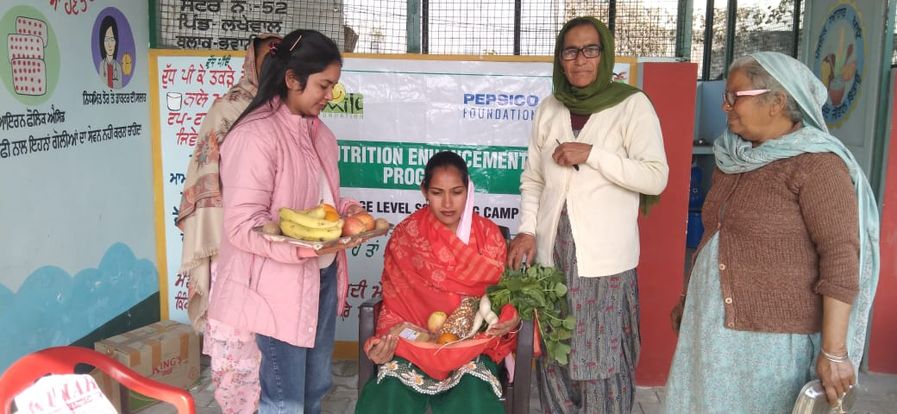The World Bank warns of a concerning trend in job creation across India and its neighboring nations, jeopardizing the potential of their young populations in the middle of rapid economic growth. Despite the projected economic surge of the region, with South Asia expected to lead global growth, employment opportunities fail to keep pace with the expanding workforce.
India, now the most populous country of the world, is forecasted to have grown by 7.5 percent in the last fiscal year. However, the declining employment ratio signals a missed opportunity to leverage the demographic dividend. Franziska Ohnsorge, chief economist for South Asia, World Bank, emphasizes the urgency of addressing this issue, stressing the importance of job creation for social cohesion.
Challenges abound, particularly in sectors like manufacturing and services, where private companies struggle to absorb the workforce transitioning from agriculture. Moreover, female employment ratios remain alarmingly low, hindering inclusive growth.
In India, where youth unemployment stands at 45.4 percent, the issue has gained political traction. There is looming criticism of the state for its steering of job creation as the country gears up for the upcoming democratic elections. This is despite significant efforts by the state to expand employment opportunities.
While reforms aimed at promoting manufacturing and infrastructure development have been implemented, sustained efforts are required to foster job growth. Without significant reforms to boost employment, South Asian countries risk falling short of their development targets, underscoring the imperative for proactive measures to harness the demographic dividend effectively.
India, with its youthful population, holds immense potential for economic growth and development. This demographic dividend, however, comes with its own set of challenges that need to be addressed strategically to unlock its full benefits. In this blog, we delve into the problems facing India’s demographic dividend and explore potential solutions to harness this demographic advantage effectively.
Challenges with the demographic dividend in India
- Unemployment: Despite a large workforce entering the job market each year, India struggles with high unemployment rates, particularly among the youth. Lack of job opportunities leads to underutilization of human capital and hampers economic growth.
- Skill Mismatch: There is a significant gap between the skills possessed by the workforce and the requirements of the job market. This mismatch exacerbates unemployment and inhibits productivity and innovation in various sectors.
- Informal Sector Dominance: A significant portion of Indian workforce is employed in the informal sector, characterized by low wages, lack of social security, and limited access to formal employment benefits. This perpetuates poverty and income inequality.
- Gender Disparities: Women in India face systemic barriers to employment, including societal norms, lack of access to education and training, and discrimination in the workplace. Closing the gender gap in workforce participation is crucial for inclusive growth.
- Education Quality: While India has made strides in increasing access to education, the quality of education remains a concern. Many graduates lack the necessary skills and competencies required for the modern job market, leading to underemployment and inefficiencies.
Solutions
- Skill Development Initiatives: Investing in skill development programs tailored to the needs of the industry can bridge the gap between education and employment. Vocational training, apprenticeship programs, and re-skilling initiatives can equip the workforce with relevant skills and enhance employability.
- Promoting Entrepreneurship: Encouraging entrepreneurship and supporting small and medium enterprises (SMEs) can create job opportunities, foster innovation, and drive economic growth. Providing access to finance, mentorship, and market linkages can nurture entrepreneurial talent and facilitate business expansion.
- Formalization of the Informal Sector: Implementing policies to formalize the informal sector, such as labor reforms, social security schemes, and incentives for formalization, can improve working conditions, enhance productivity, and ensure better access to benefits for workers.
- Gender Equality Measures: Enacting policies to promote gender equality in education and employment, including gender-sensitive skill development programs, provision of childcare facilities, and incentives for women entrepreneurs, can empower women economically and promote inclusive growth.
- Enhancing Education Quality: Investing in improving the quality of education through curriculum reforms, teacher training, infrastructure development, and technology integration can equip students with the skills and knowledge needed for the 21st-century workforce.
In conclusion, the demographic dividend of India presents a valuable opportunity for economic transformation, but realizing its full potential requires concerted efforts to address the underlying challenges. By implementing targeted interventions focused on skill development, entrepreneurship promotion, formalization of the informal sector, gender equality, and education quality enhancement, India can harness its demographic dividend to drive sustainable and inclusive growth.
Through STeP (Smile Twin e-Learning Program) of Smile Foundation, young individuals from underserved communities receive training in various sectors such as retail, hospitality, IT, and healthcare, tailored to meet industry demands. This comprehensive skill development program not only enhances their employability but also empowers them with the confidence and capabilities needed to secure valuable jobs. By bridging the gap between education and employment, STeP not only transforms the lives of individuals but also contributes to the socio-economic development of the nation.









